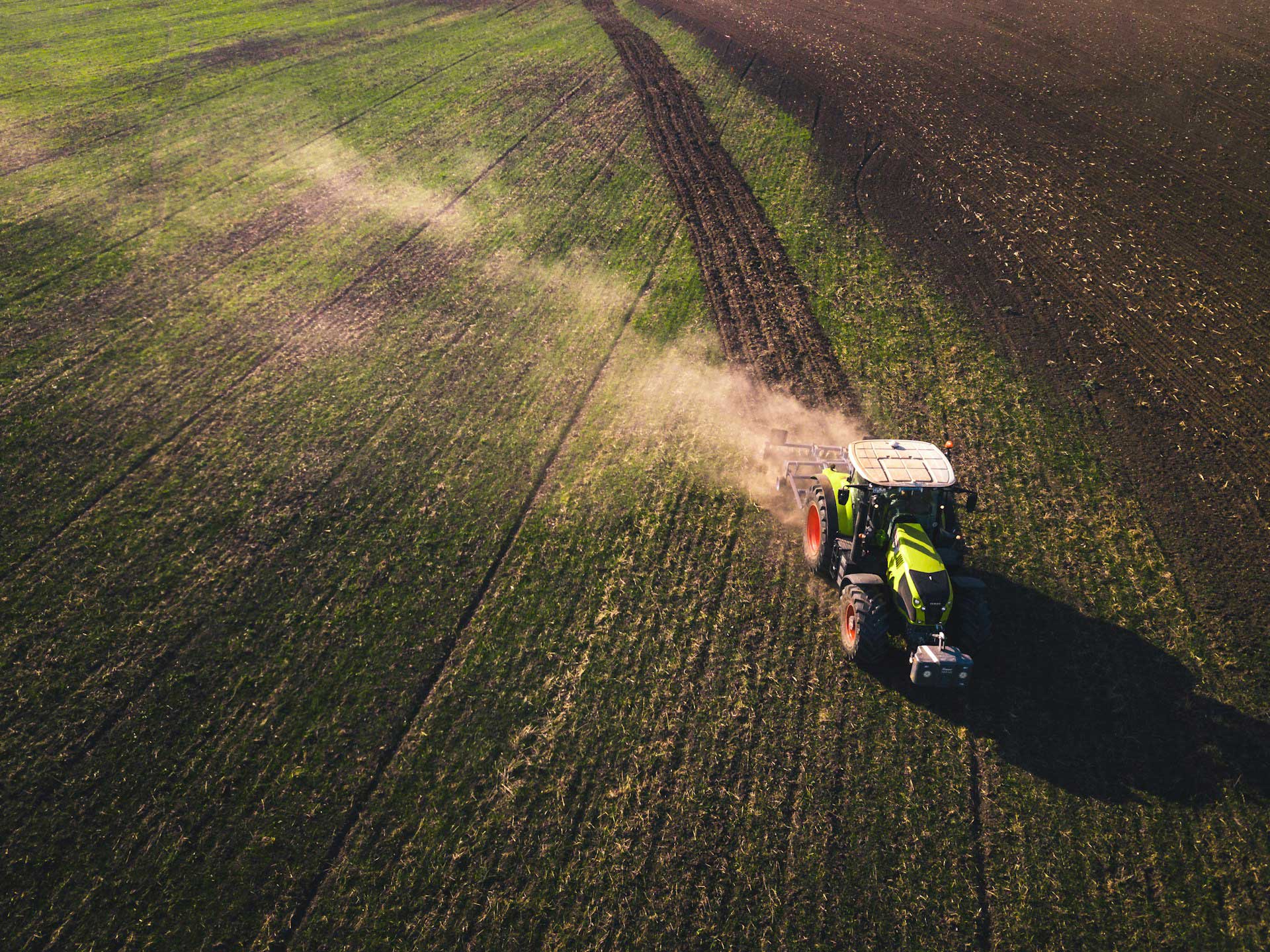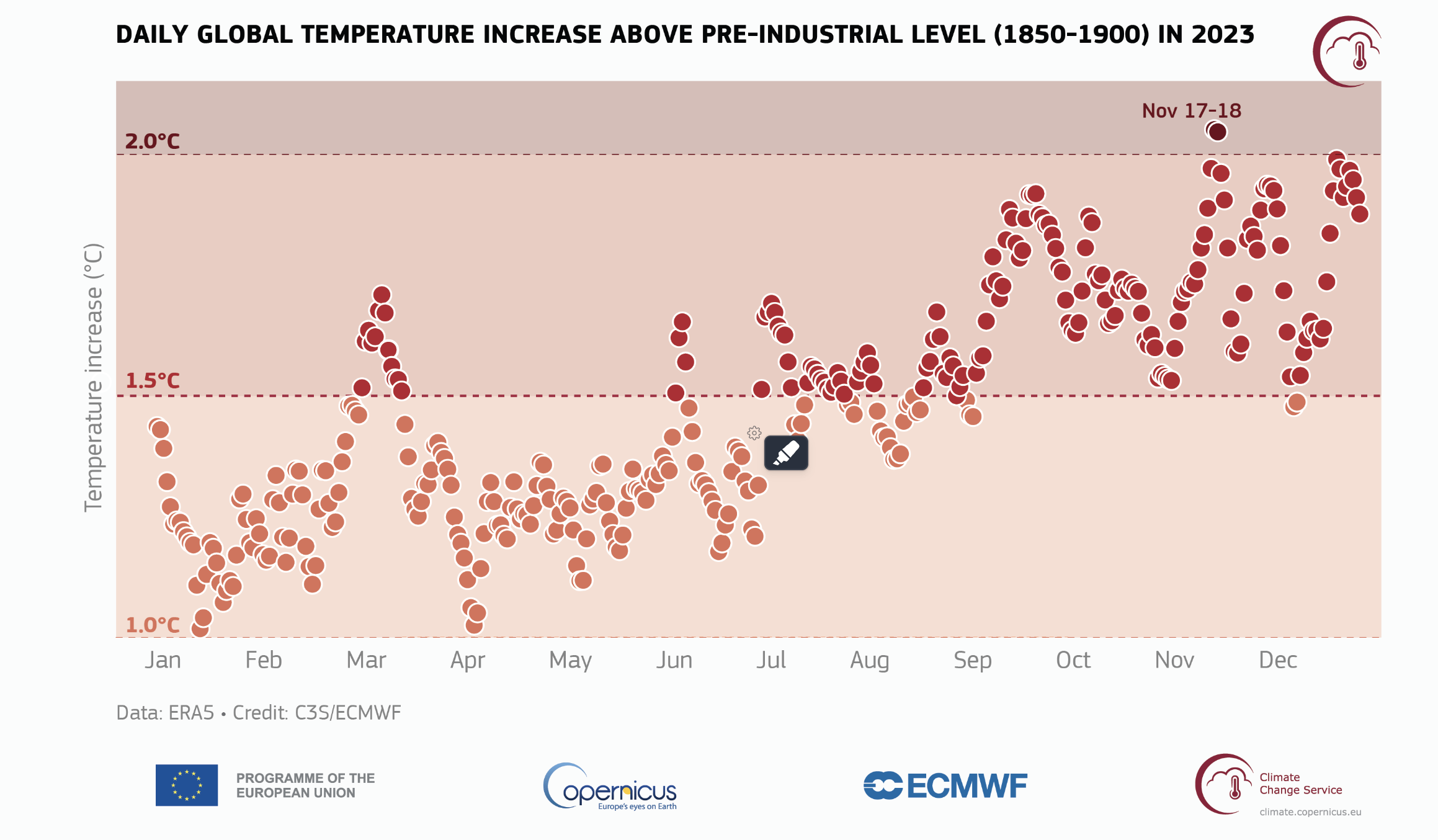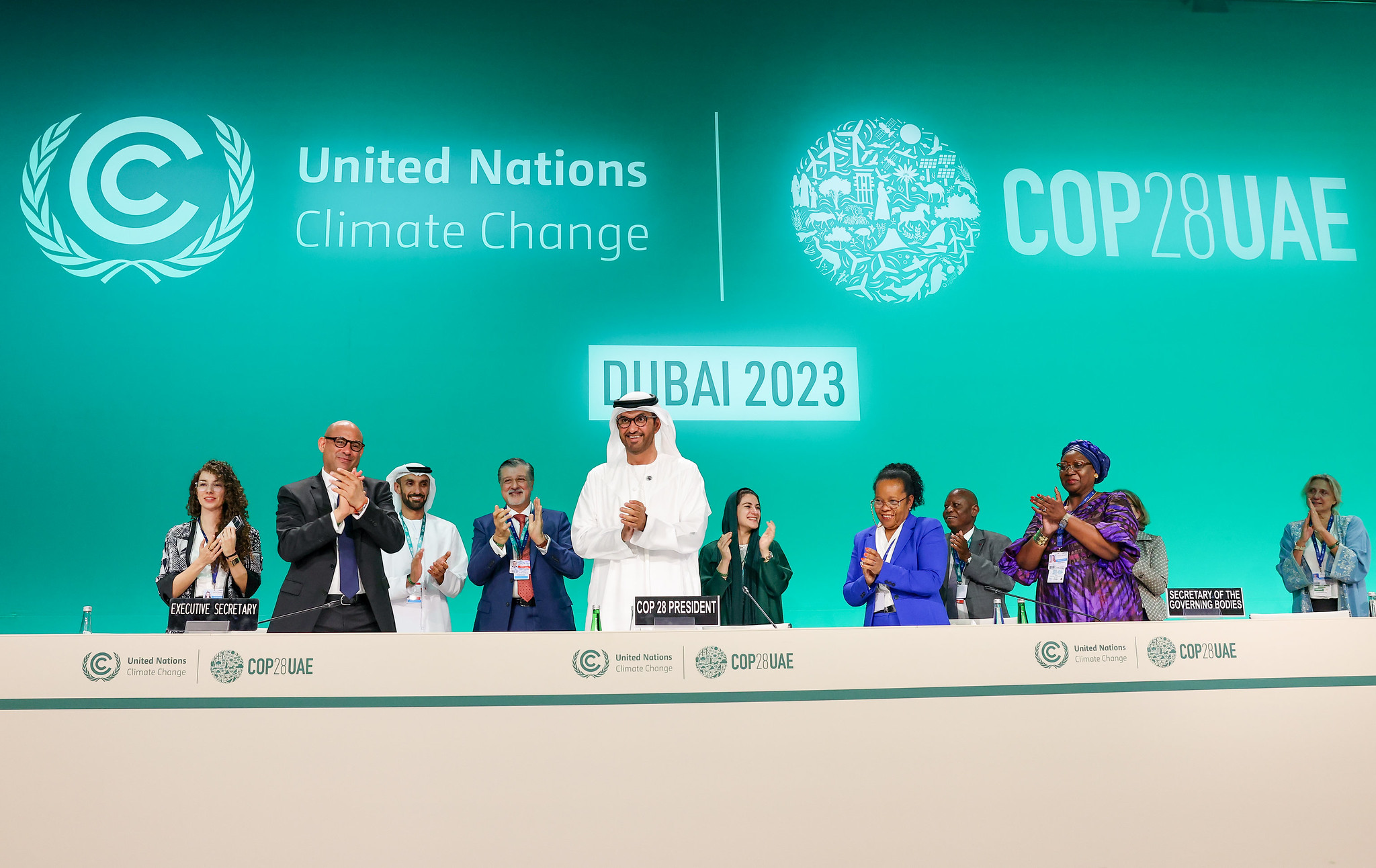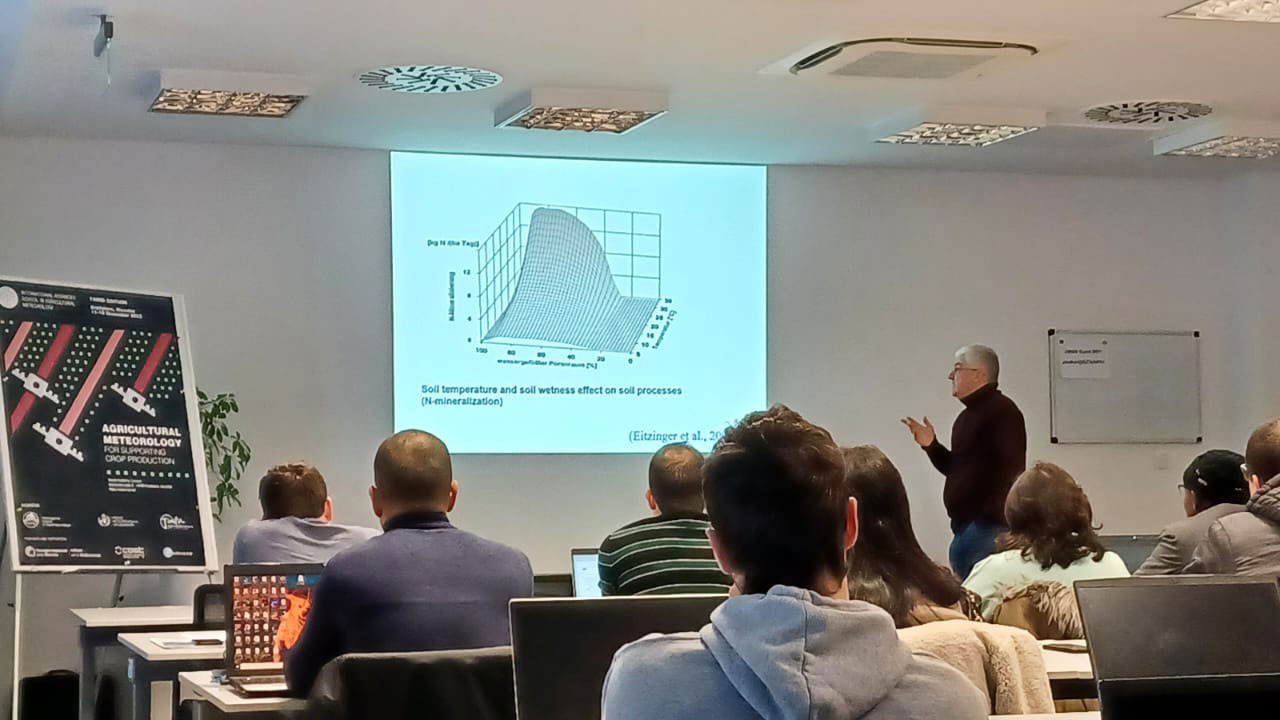In 2022, in a stride towards global weather preparedness, the World Meteorological Organization (WMO) launched the ‘Early Warnings for All Initiative’ to ensure that every person on Earth is safeguarded by early warning systems by 2027. The “Early Warnings for All” initiative stands as a crucial effort in advancing climate justice for those directly facing the impacts of the climate crisis.
It is built on four pillars to deliver effective, inclusive, multi-hazard early warning systems.
- Disaster risk knowledge and management
Ensuring all countries have access to reliable, understandable and relevant risk information, science and expertise (led by UNDRR). - Detection, observation, monitoring, analysis, and forecasting
Ensuring all countries have robust forecast and monitoring systems (both soft and hardware infrastructure) and enabling policies to support optimization and sustainability of hazard monitoring and early warning systems (led by WMO). - Warning dissemination and communication
Using a people-centred approach to ensure that early warnings are effectively and timely disseminated to reach everyone, especially those most at risk (led by ITU). - Preparedness and response capabilities
Ensuring local governments, communities and individuals at risk have the knowledge and means to take pre-emptive early actions to prepare for and respond to incoming disasters upon receiving warnings (led by IFRC).
Early warning systems that prioritize people, cover the entire process, and address multiple hazards can effectively reduce the impact on individuals, assets, and livelihoods. These systems achieve this by initiating well-prepared and tested early actions.
The State of the Art of Early Warning Systems
This forward-thinking program seeks to provide timely and precise weather-related information, guiding effective planning and safeguarding communities. As a pivotal component of this initiative, WMO conducted a Rapid Assessment of Pillar 2, strategically evaluating the hazard monitoring and forecasting capabilities of 30 selected countries. This comprehensive assessment meticulously scrutinized seven crucial elements within the hydrometeorological value chain, ranging from legal frameworks and institutional mechanisms to forecasting tools’ application and early warning system operations. The insights gained through this initiative not only illuminate the overall preparedness of nations but also pinpoint specific areas requiring focused attention and support.
This comprehensive assessment delved into seven key elements within the hydrometeorological value chain, meticulously examining the legal frameworks and institutional mechanisms of National Meteorological and Hydrological Services (NMHSs), the observation infrastructure, hazard monitoring capacity, utilization of remote-sensing data, application of numerical weather prediction (NWP) models and forecasting tools, impact-based forecasting capacity, as well as the efficiency of warning services and early warning system operations. Aligned with the outcomes of the Pillar 2 Implementation Strategy, the evaluation provided a holistic overview of each country’s preparedness.
To capture a nuanced understanding of each element, a combination of quantitative and qualitative data was gathered through structured interviews employing established early warning system (EWS) assessment methodologies, including the Multi-hazard Early Warning System (MHEWS) Checklist and Country Hydromet Diagnostics (CHD). The responses underwent careful weighting and analysis, resulting in a ranking on a scale of 1 to 5, where 5 denoted advanced capacity and 1 indicated little to no basic capacity.
Beyond assessing general hazard monitoring and forecasting capacity, the Rapid Assessment honed in on the top five hazards, self-identified by each country, from a hydrometeorological perspective. While recognizing the need for more granular analyses specific to each hazard, the evaluation successfully unearthed gaps in observing and forecasting capacities tailored to these particular threats.
The assessment didn’t stop at technical capabilities; it also factored in critical enabling environment elements. Considerations included the presence of legislation, governance mechanisms, and both financial and technological capabilities. This holistic approach allowed for a more comprehensive understanding of a country’s overall preparedness and identified areas requiring targeted support.
The findings from the WMO Rapid Assessment underscore the importance of National Meteorological and Hydrological Services (NMHSs) in establishing comprehensive monitoring and forecasting capabilities through integrated early warning systems. This approach guarantees that nations are equipped to address not just statistically significant hazards but also all significant risks to their communities and ecosystems.
The report on the Global Status of Multi-Hazard Early Warning Systems in 2023, unveiled during COP28, examines the most recent data, marking a year since the inception of the Early Warnings for All Initiative. The initiative’s goal is to provide comprehensive coverage for everyone worldwide by 2027.
A training project focused on strengthening EWS capability in Africa
In this context, WMO RTC Italy, managed by CNR-IBE, will present the training project “EWAfrica: Enhancing Early Warnings for Climate and Weather Extremes” during COP28 on December 9th, supporting the Early Warnings for All Action Plan for Africa.
Empower participants with enhanced knowledge and technical expertise to establish Multi-Hazard Early Warning Systems (MHEWS) in their respective countries and regions, tailored to local needs within a robust global scientific framework. The training course is designed to meet the specific learning requirements of National Meteorological and Hydrological Services (NMHS) and Disaster Risk Management (DRM) agencies, with a focus on collaboratively developing multi-hazard, people-centred, and impact-based Early Warning Systems (EWS) in Africa. Each course pillar delves into distinct learning topics, fostering collaboration, partnership, inclusion, interoperability, and transdisciplinary approaches. Additionally, contribute to the implementation of the Early Warnings for All in Africa Action Plan by enhancing the capacities of NMHS and other agencies involved in early warning systems for climate and weather-related risks. This initiative addresses key principles of MHEWS and aligns with the four pillars of EW4ALL (Early Warning for All).
This project is organised by the World Meteorological Organization Regional Training Center in Italy, managed by CNR-IBE in collaboration with the Sant’Anna School of Advanced Studies and the Center of Excellence in Telesensing of Environment and Model Prediction of Severe Events of the University of L’Aquila in Italy.
At present, the project is still in the planning phase, with anticipated implementation in 2024.






